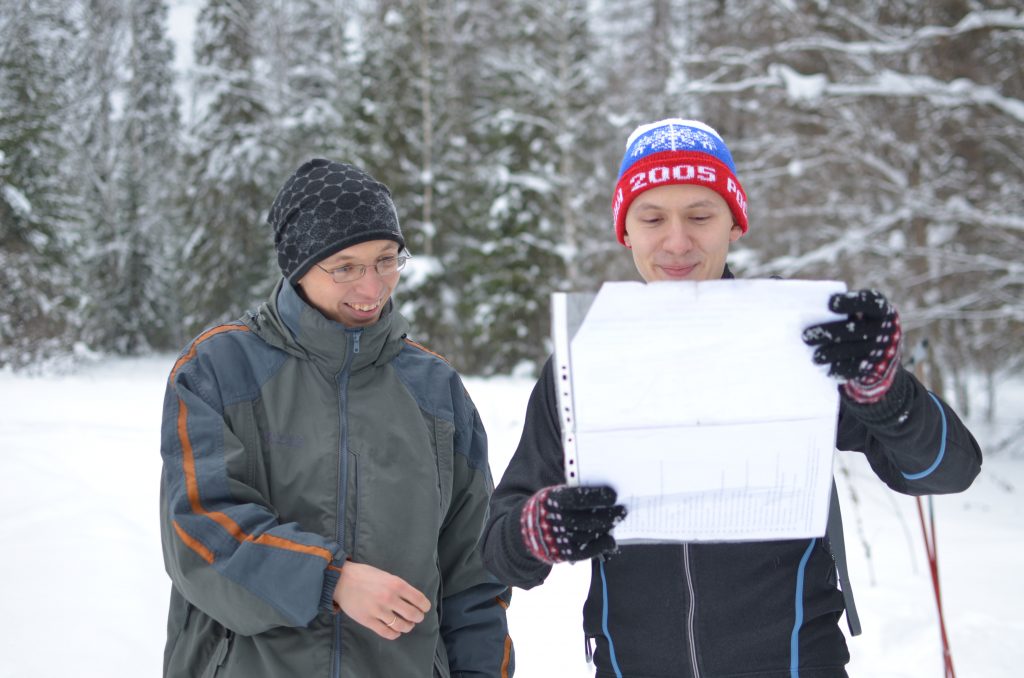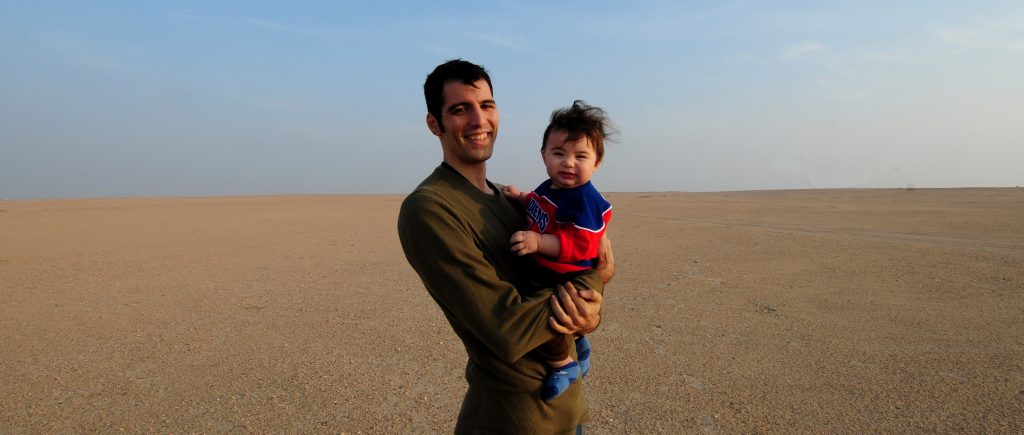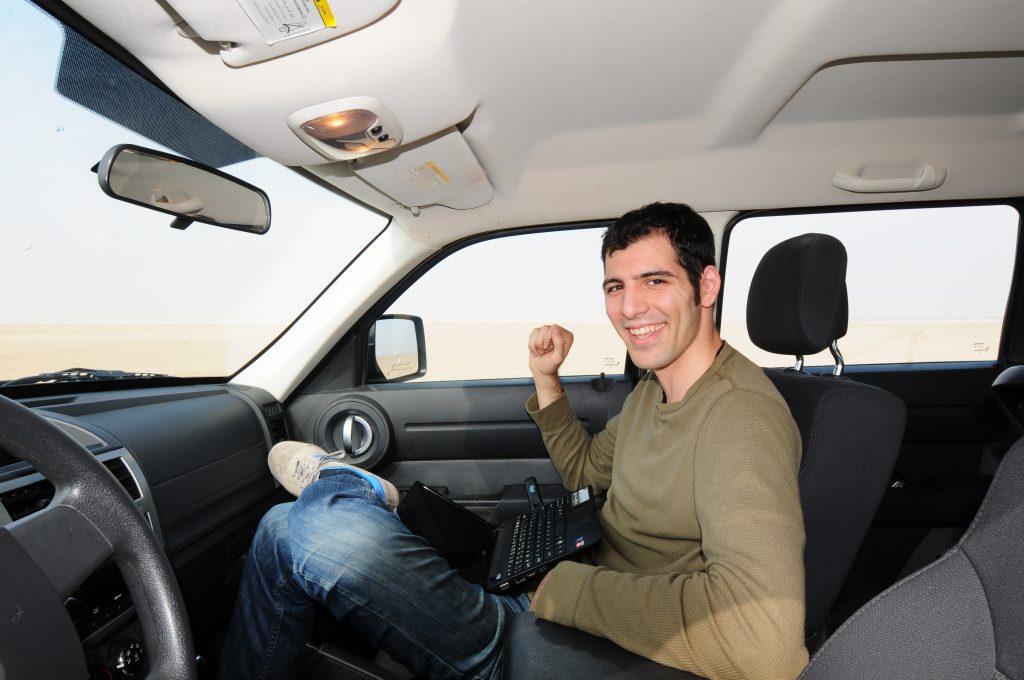You may already know that Gingko is a distributed team, but nothing can convey that better than the following pictures, taken on the same weekend:



At a 3 hour time difference between Kuwait and Perm, this is the closest we’ve ever been!
Usually we’re 11 hours apart, Montreal to Perm.
How do we manage to run as a hyper-distrubuted team? It’s taken many months of learning and practice, but one critcal factor, which we are still continually tuning, is running effective meetings.
Of course, we use Gingko to do this. Here’s how we do it:
- Adriano writes an Agenda of a few points.
- The Agenda is copied into a Google calendar event, with a tentative date and time, and Aleksey is invited.
- Half an hour before the meeting, the Agenda is copied into our shared “Meetings” Gingko tree, which contains all our past meetings.
- The current Agenda card is then branched into the following: Key Questions, Rules & Principles, Next Actions.
- Rules & Principles are reminders of necessary elements to a meeting (strict time limits, strict focus on the agenda, adjourn if completed before time, etc). Eventually we won’t need these, but it’s important to have them for easy reference.
- Key Questions is self explanatory. We find it’s important to us “questions” rather than “topics”, because topics can be discussed endlessly.
- Next Actions is the most important portion. The entire meeting should be focused on generating Next Actions, specifying who is to do what (and if a hard deadline exists, by when).
- The meeting proceeds over Skype, with one person taking notes in the shared real-time tree.
Each of these points has a reason, but I’ll focus on one: the tree itself. We find that by communicating verbally, but transferring the important points into a medium we can both see in real-time, is extremely helpful.
When we’re brainstorming, the tree helps us keep our ideas organized (which helps, rather than hinders, creativity). New branches spring to life rapidly in brainstorming mode, and are then pruned to the essentials.
If we’re working on a decision, we branch into the WRAP process from the book Decisive. The WRAP process is both branching and linear, so the tree helps with organizing this.
When we’re debating, we may instead find ourselves rewording a single sentence repeatedly. But the very fact that we are looking at a physical manifestation of our ideas allows us to be more objective about them, and to make sure we’re clear and “on the same tree”.
These are just a few tips, but we hope they’ll give you enough to work with so you can use Gingko in your own meetings.
If you do, let us know how it goes, in the comments below.